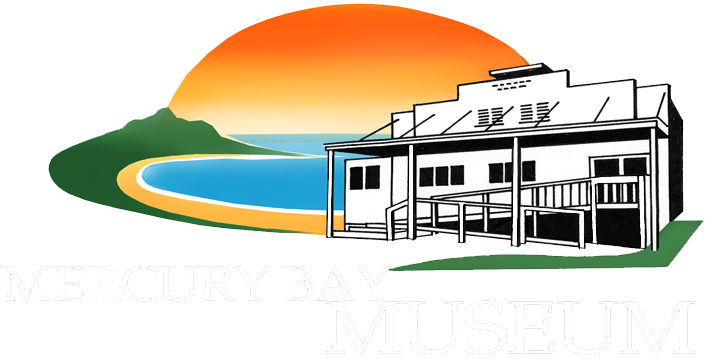HMS Buffalo
Re-Examination Project
Open 6 Days: 10am to 3pm*
Closed Sundays
Last admission 2.15pm
* except Christmas/Boxing Day, Good Friday, Easter Sunday and Anzac Day.

OUR MISSION
We aim to complete a detailed site survey to provide an accurate interpretation of the HMS Buffalo shipwreck site located in Whitianga, New Zealand.
In addition to the planned underwater survey, the project will increase awareness of maritime archaeology both locally and nationally through the engagement with the Mercury Bay Museum, schools, and local and national agencies.
The results from the project will be used for new interpretation and learning experiences and made available to the wider community.
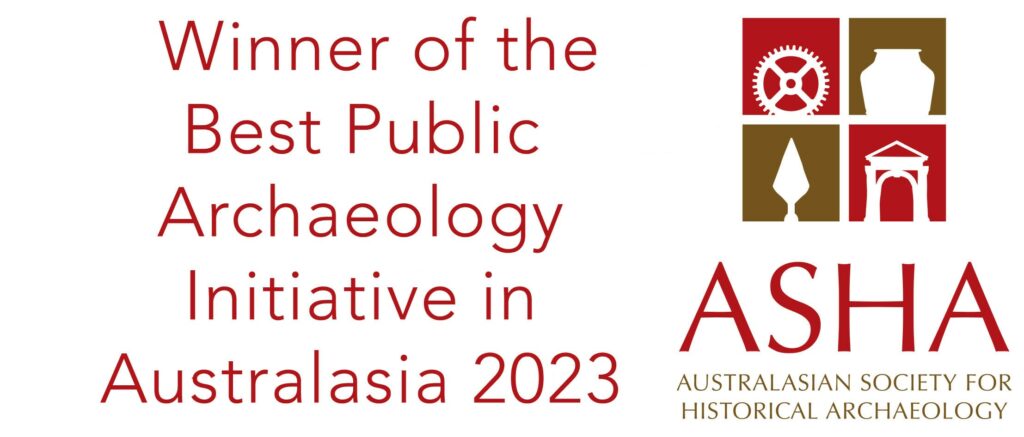


A Brief History
HMS Buffalo was built in India in 1813 and originally named Hindostan. Soon after its completion, the Royal British Navy purchased HMS Buffalo and repurposed it several times as a transport, timber carrier, quarantine and immigrant ship travelling between England, Australia, Canada and Aotearoa New Zealand.
In 1840 while anchored in Mercury Bay, Buffalo was caught in a storm and became a complete loss.
The wreck site now lies 50 m off Buffalo Beach.
The shipwreck is a protected archaeological site under the Heritage New Zealand Pouhere Taonga Act 2014.
THE UNDERWATER COMPONENT OF THE PROJECT AIMS TO:

survey
and accurately map the exposed hull structure of HMS Buffalo on the seafloor and to update existing archaeological site records to be used for future management and public interpretation.

record
the site using both manual and modern digital recording techniques to ensure detailed site observations and measurements are combined to produce a scaled site plan and a 3D digital model.

sample
exposed hull materials to reveal new information on the vessel’s construction and to create a material reference catalogue to assist with provenancing existing Buffalo museum collections.
Meet The Team
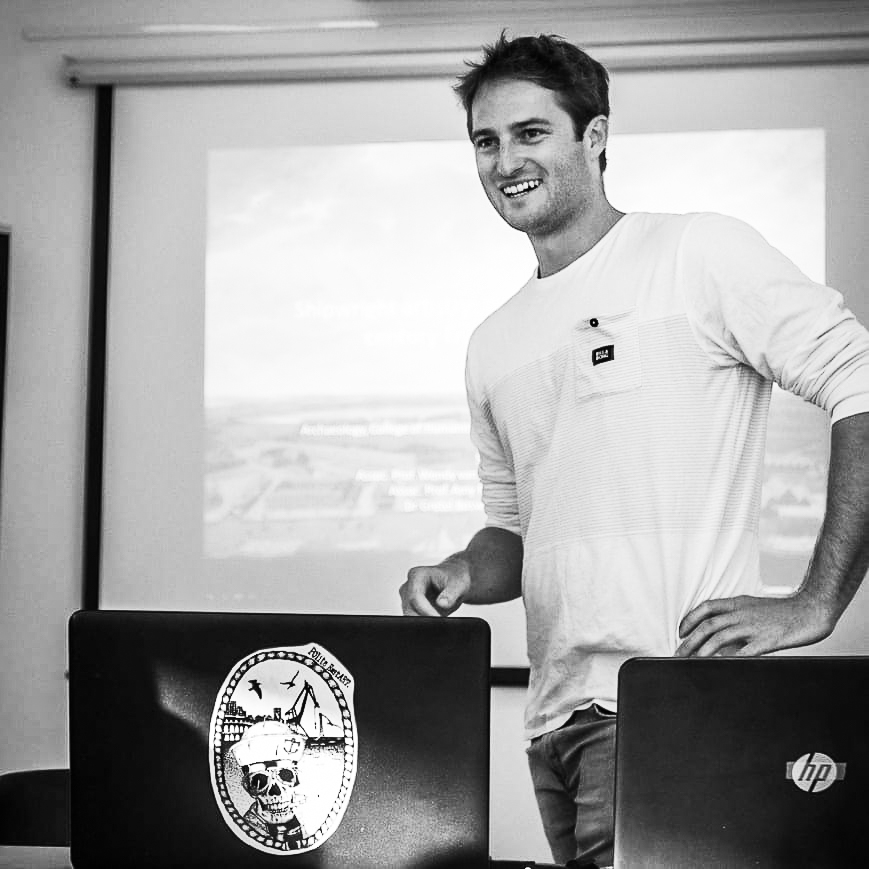
Kurt Bennett
MARITIME ARCHAEOLOGIST, PhD
Holds a Masters in maritime archaeology at Flinders University, South Australia. He has wide ranging consulting and academic research experience in the Australasian region and has collaborated on several international maritime projects, ranging from in situ shipwreck preservation projects to recording submerged prehistoric sites.
More about Kurt
Kurt is an active member of the archaeological community in Australasia, and includes membership with the Australasian Institute for Maritime Archaeology, the New Zealand Archaeological Association and the Royal Society Te Apārangi.
Kurt’s PhD research focused on British colonial vessels dated between the eighteenth and nineteenth centuries, with specific interests in shipwright behaviour, technology, hull assembly and vessel development.
Other areas of interest include, ship abandonment sites, shipwreck recording methodologies, in situ preservation, site formation studies and underwater cultural heritage management. For publications, see https://flinders.academia.edu/KurtBennett
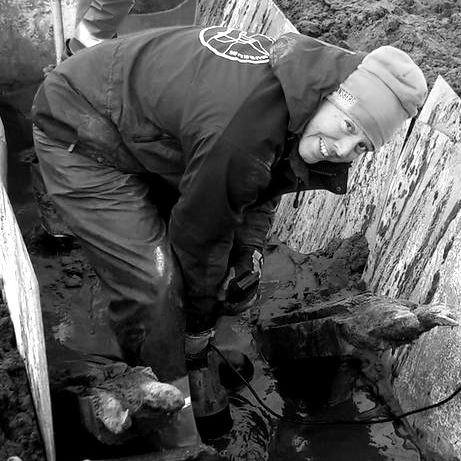
Matthew Gainsford
MASTERS IN MARITIME ARCHAEOLOGY
Matthew is a maritime archaeologist who graduated from Auckland University (BA) and Flinders University, Adelaide (M. M. Arch). He has worked in Australia (Western Australian Maritime Museum), Sweden (Kalmar Läns museum & Bohusläns museum) and New Zealand (W. Gumbley Ltd) since the early 2000s.
More about Matthew
He has both led and participated in a multitude of varying archaeological projects ranging from assessments and surveys through to complex maritime and terrestrial excavations both domestically and internationally.
As part of the archaeological process there is significant focus on documenting sites and artefacts to retain valuable information that would otherwise be lost. Matthew has, as a function of his employment, undertaken archaeological recording of artefacts and sites. He has then disseminated information to the public to ensure that information is made freely available; most recently Te Nihinihi Mission Station, the HMS Buffalo and school presentations about Maritime archaeology as a discipline.
Matthews research spans multiple areas within archaeology, most recently concentrating on Swedish fishing structures, early NZ Mission Stations.
His major interests within maritime archaeology are public outreach, GIS mapping, remote sensing, documentation, site formation processes and in-situ preservation of archaeological sites.
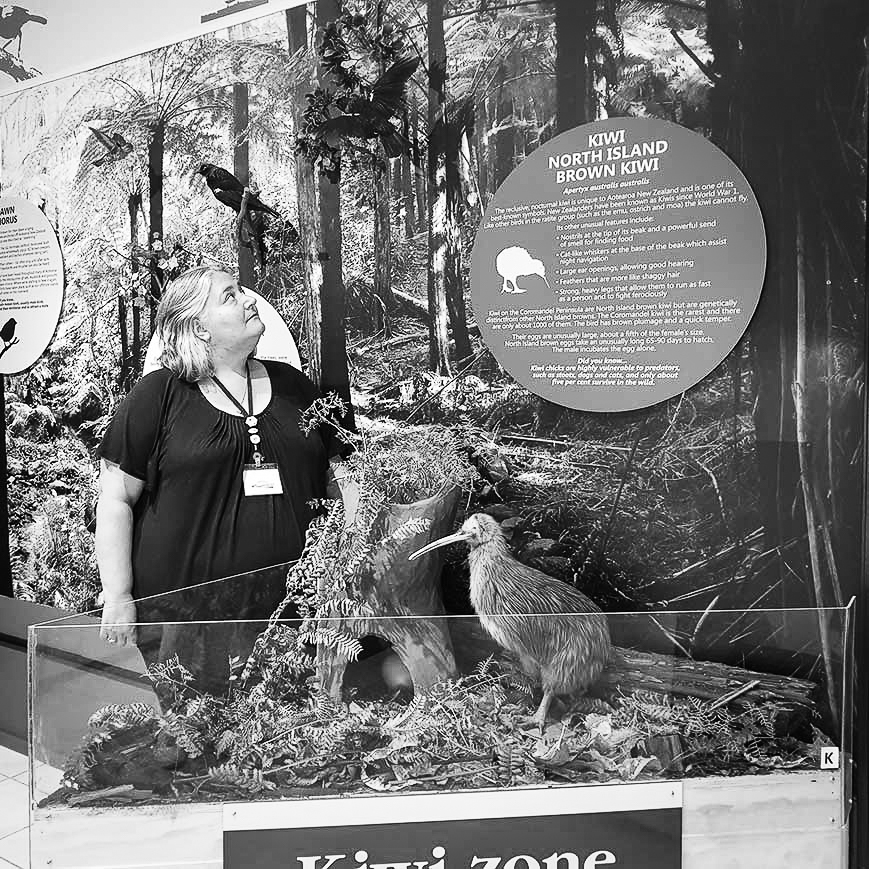
Rebecca Cox
MANAGER OF THE MERCURY BAY MUSEUM
Rebecca has worked collaboratively with other community organisations on a number of projects including a BioBlitz with Auckland Museum that included an education component and a brand new exhibition partnership with the Department of Conservation. Community collaboration is very important to Rebecca and where she can she involves the community in any projects.
More about Rebecca
Rebecca has a NZ Certificate in Museum Practice and prides herself on making sure the Museum follows best practice standards where they can.
She is the curator of the current HMS Buffalo exhibition in the museum and has worked with the team to ensure the artefacts that are held are researched, catalogued and stored appropriately.
Rebecca loves her job in the Museum as it varies everyday. She enjoys meeting all of the visitors and students that come in for educational sessions.
Join us on our journey
Our Facebook and Instagram pages are where you can keep up to date with our progress and results
from our re-examination of the Buffalo shipwreck.
Click like/follow and stay tuned – more to come!
Photo courtesy of Phil Hart
Our Sponsors
We would like to thank our sponsors of the project!
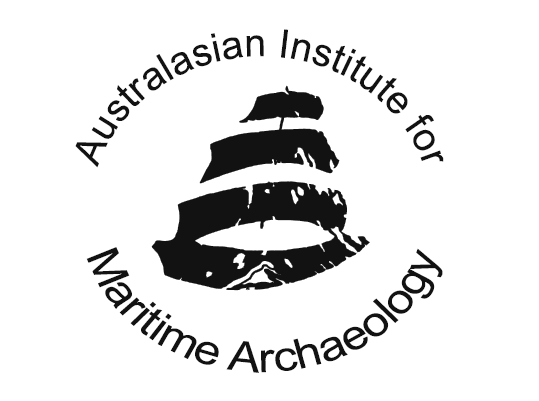







Year Opened
+ Visitors per year
+ Archive Images
%
